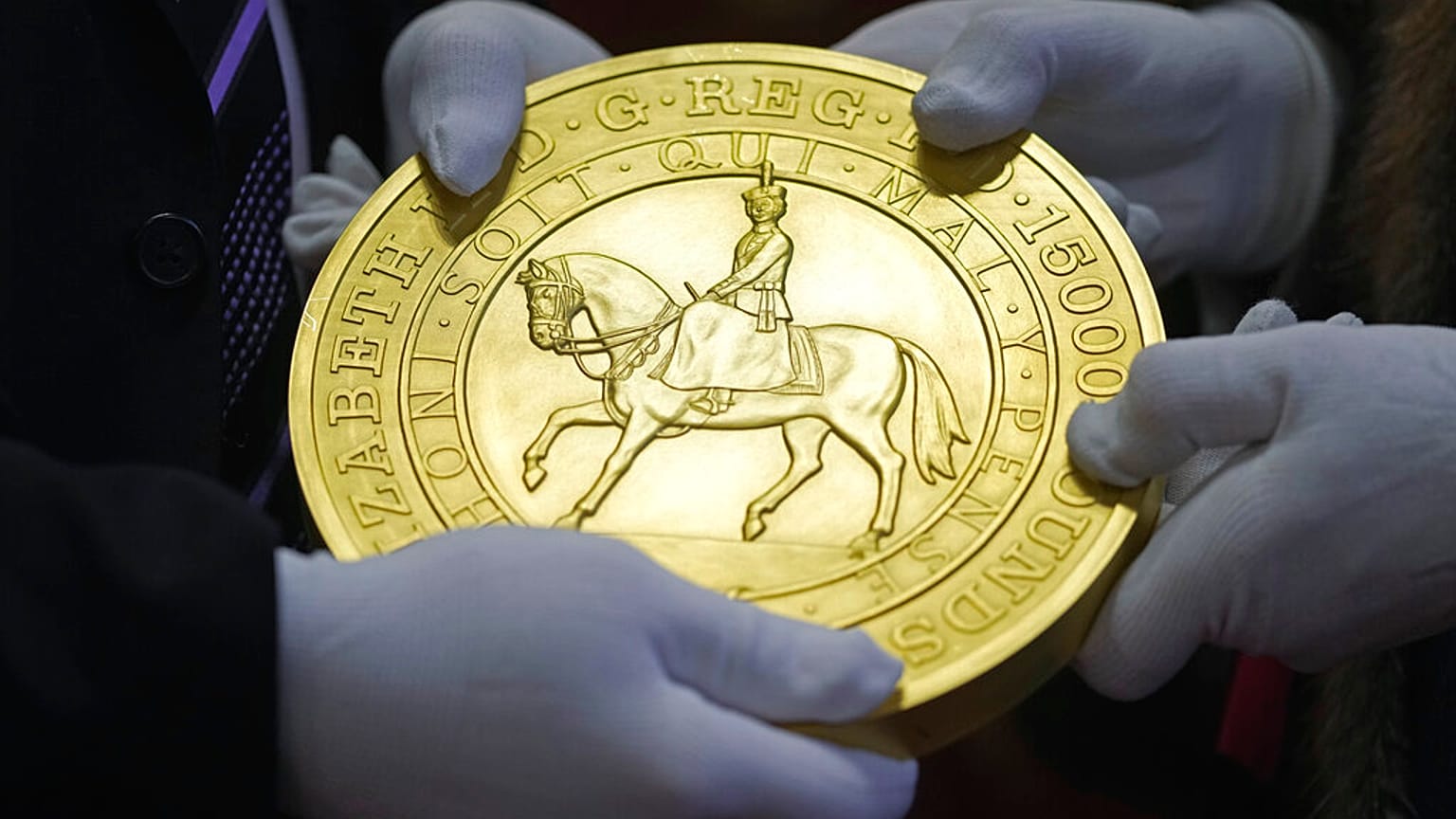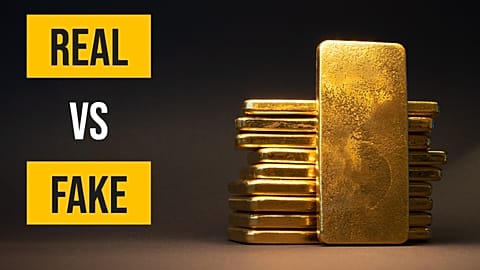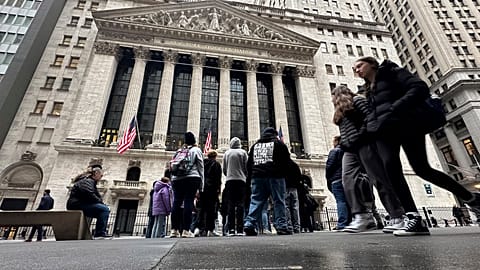A closer look at why the price of gold has hit a fresh record this week as other commodities also move higher, including oil prices.
The price of gold climbed above $2,300 per troy ounce on Thursday morning to set a fresh record as investors continue to flock to the deemed safe haven asset.
Rising geopolitical uncertainties, especially following the recent Israeli attack on an Iranian embassy in Syria on 1 April, has resulted in investors flocking to the precious metal.
Gold also received a significant boost from major central banks such as the US Federal Reserve, the Bank of England and the European Central Bank hinting at starting to cut interest rates in the coming few months.
Fundamentals impacting the price of gold
Piero Cingari, staff writer at Benzinga, said: “Despite concerns over recent higher-than-expected inflation figures, the Federal Reserve remained committed to its projection of three 25-basis-point cuts this year. Fed Chair Jerome Powell delivered recent dovish remarks which reinforced market expectations of a rate cut as early as June, already factored in with an 80% likelihood.
“In Europe, the Bank of England witnessed a lack of hawkish sentiment within its board, as no members voted for a hike in its March meeting, contrasting with previous meetings. Governor Andrew Bailey acknowledged the market’s predictions of rate cuts this year as being ‘right’”.
Recording gold’s record trajectory, Russ Mould, investment director at AJ Bell said in an email note: “This may be due to how US inflation is proving sticky as the American economy runs hotter than expected, or how central banks continue to acquire the metal to diversify (and perhaps boost the quality of) their reserves. It could also be investors seeking an alternative haven as US Treasury prices slide.
“The divergence between gold prices and US Treasury prices is particularly startling and suggests that commodity and bond markets are starting to price in a rate of inflation that is higher-for-longer, a message that in no way fits with the equity markets’ preferred narrative of a cooling in inflation, a soft landing for the economy and a pivot to interest rate cuts from central banks.
“This may persuade some investors to think about gold once more, although the lack of yield and industrial use, and negative carry relative to cash, could deter many.”
Chinese demand contributing heavily to gold's support
China and India are two of the top consumers of gold, especially when it comes to gold jewellery. In 2023, the People’s Bank of China reportedly bought about 225 tons of gold, taking its total reserves up to 2,235 tons.
On the other hand, demand for gold jewellery in India amounted to about 562.3 tonnes in 2023, according to the World Gold Council.
Ross Norman, the CEO of MetalsDaily said in an email note: “With available retail savings of about 20 trillion yuan, a stock market in freefall and unrealised property sector losses, gold represents one of the few surefire and dependable investments.
“In January 2024, there was a staggering 271 tonnes of gold withdrawals from the Shanghai Gold Exchange, which is seen as a proxy for local demand. We also hear there have been well above average shipments of gold from the West to the East by security firms, but again, not quite enough to account for the manner and extent of the gold rally.
“But Chinese demand is opaque and news and reporting is often anecdotal. Some import entry point are well-monitored, especially Hong Kong, but other routes, less so. Local premiums are known, but often this can be misleading. High premiums can be because demand is hot, or simply because availability is low,” Norman added.


















